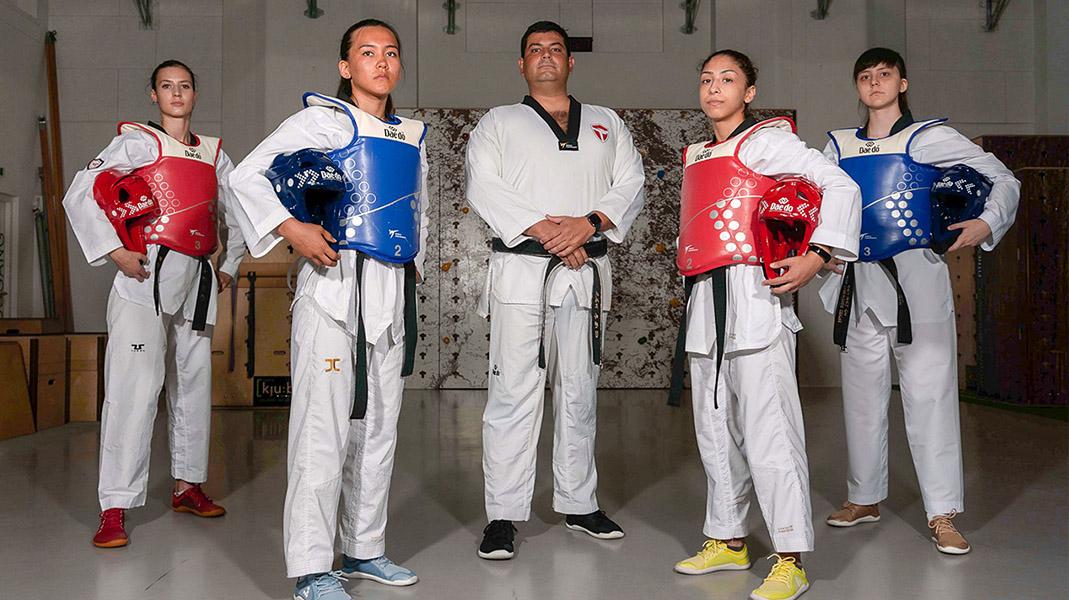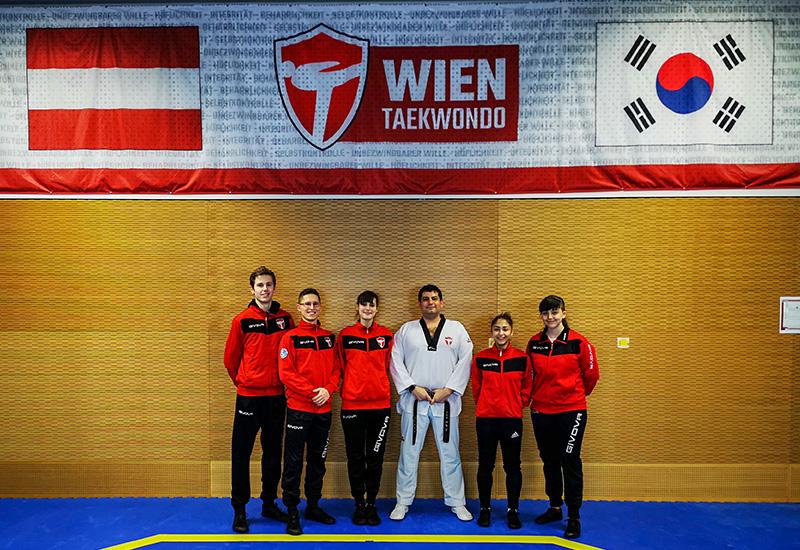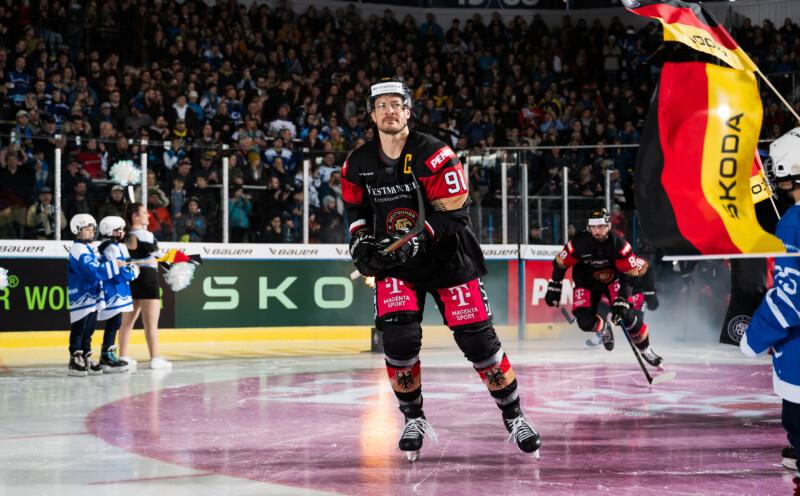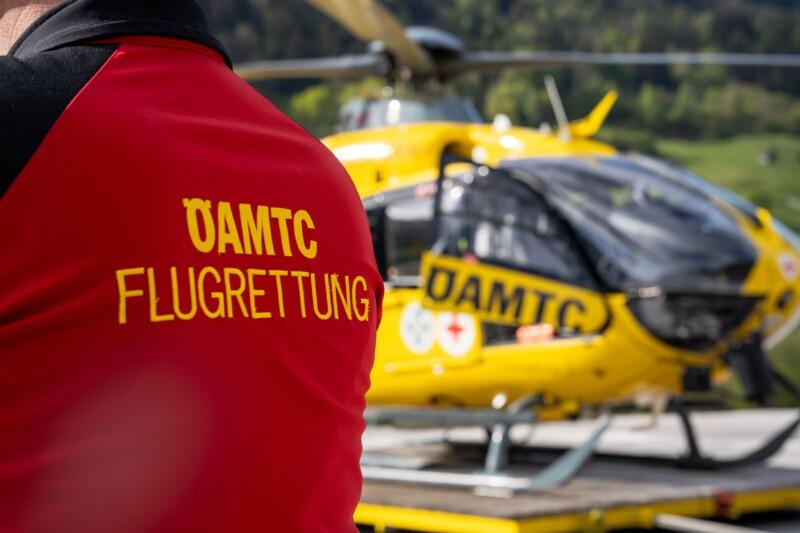
Cesar Valentim spent years switching from venue to venue in Vienna until he found somewhere that suited his needs for a Taekwondo club. Now, he has athletes regularly competing in Olympic ranking events.
If you’d have told Cesar Valentim 11 years ago that he’d establish a Taekwondo club, boasting world-class coaches, a physiotherapist, psychologist, nutritionists and a world-leading performance monitoring solution in Firstbeat Sports, he probably wouldn’t have believed you.
Wien Taekwondo’s athletes, though, compete in Olympic ranking events and regularly win medals in competitions across different weight divisions in Europe.
“The athletes who have been with me from the beginning have seen me start from zero,” Cesar explains. “I’m an immigrant here, who had troubles learning the language when I came to Austria, so building my own school, finding a venue, buying equipment – there’s been a lot of personal sacrifice. The athletes we have, they value what we have. Now, we’re a big club, we have two club cars, all the equipment we need and more. We work with the best people because they like and believe what we’re doing.”
“When we created the club five years ago, the idea behind the project was to create a high-performance center that didn’t exist in Austria,” Cesar continues. “There is a Taekwondo class on every street in Vienna. Yet, there were zero athletes from Vienna in the national team.”
“[We wanted to provide] quantitative training with a holistic approach that would start from children’s training all the way to disability and rehab training and providing the tools and resources for our high-performance team.”
Life Before Firstbeat
It wasn’t always this way, however. Before using Firstbeat Sports, Wien Taekwondo’s athletes were each using different monitoring systems, apps and wearables to measure their performance.
“The problem was some would not integrate with my monitoring system, which basically meant I spent more time monitoring athletes than actually training them and that’s something I didn’t want,” Cesar explains. “So, I researched what was available and obviously the only thing that I really wanted was Firstbeat. I have worked with other brands, but I really wanted Firstbeat for the quality of the platform, the algorithm and what the support brings. We didn’t take it as an immediate need or to learn from it at the beginning, we approached Firstbeat to prevent something that would come later on in our roadmap. Of course, it ended up being much more than that.”
Another problem Cesar and his team had to face beforehand was ensuring the day-to-day obligations of some of the athletes didn’t impact their performance come competition day.

“My athletes go to school, university, some of them have jobs to allow them to afford some of the expenses related to Taekwondo,” Cesar says. “So, the amount of training hours and training load plus their workload from school, university or part-time jobs was so much that I realized there could be a problem of overtraining or burnout in the long term. To prevent this, three to five years ahead of the first signs of symptoms, I decided to monitor heart rate variability (HRV).”
“The one reason why we approached Firstbeat was for the recovery data,” he continues. “For training planning and monitoring, the most important metrics for me are TRIMP and ACWR. In terms of training itself, having the energy and metabolic thresholds allow me to understand if the training is getting more anaerobic or not, considering our sport is very mixed. I cancel the training if I see the daily TRIMP getting too high for what I want, I can tell the athlete to take it easy if I see they are taking it too hard in training. It happens daily. Firstbeat is turned on every time we do Taekwondo training.”
Buy-In From Athletes
With a single, integrated system, was it difficult to get buy-in from the athletes?
“We are talking about athletes between the ages of 17 and 21, so for some it is a little bit complicated to get them to use the monitoring system,” Cesar answers. “They forget to do the QRT, for example. The athletes that are more diligent, that log their training sessions and don’t miss their training, they’re the ones that take the tools seriously. They love using it – I think they leave their home wearing it. They are good, and they do use it. Ninety-nine percent of my athletes use it daily and the information is very well documented. But the athletes understand why we do it and they do feel better going into a competition – when they need to be peaking, they are peaking, and I show them every time what we are doing.”
“Firstbeat is right there on the wall. Everyone can see it. They compete a little between themselves to see who gets the highest TRIMP.”
“If they didn’t understand, they probably wouldn’t use it,” Cesar concludes. “They are part of the process, they understand why we are doing this and they accept it.”
About Wien Taekwondo: Founded in 2016 by Cesar Valentim, Wien Taekwondo is a member of the Austrian Amateur Sports Workers Association, the Disability Sports Federation and his athletes compete for the Austrian Taekwondo Federation. The organization boasts coaches with European Championship experience and offers coaching for athletes of all ages. It specializes in athletics training and health and human performance. You can follow Wien Taekwondo and their training insights on Instagram at @wientkd.
Images: Wien Taekwondo
If you liked this article, you should subscribe to our newsletter.
You might also be interested in

Firstbeat Technology Helps Optimize Training and Performance of German Ice Hockey Teams
The German Ice Hockey Federation (DEB) and Firstbeat have been in close partnership for many years, with the Federation utilizing the athlete performance management platform to optimize the training and…

Boosting Pilot Well-Being with Personal B.A.S.E. and Firstbeat Life
In the high-stakes world of air rescue, maintaining peak physical and mental performance is critical. Gerhard Moser has developed a unique approach to helping his clients achieve optimal health and…

